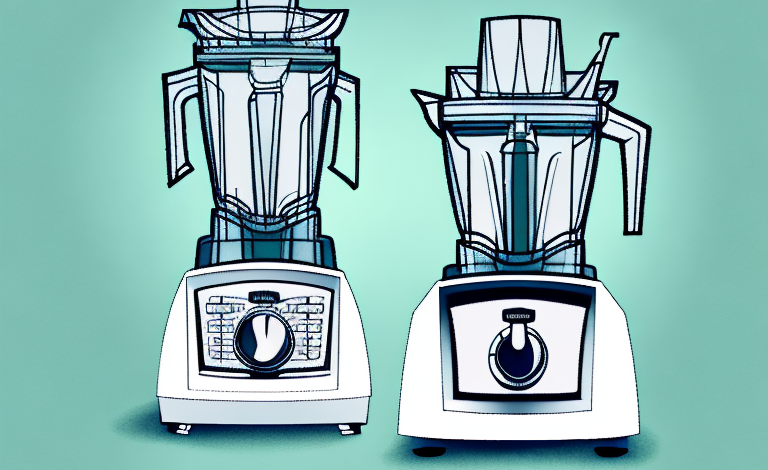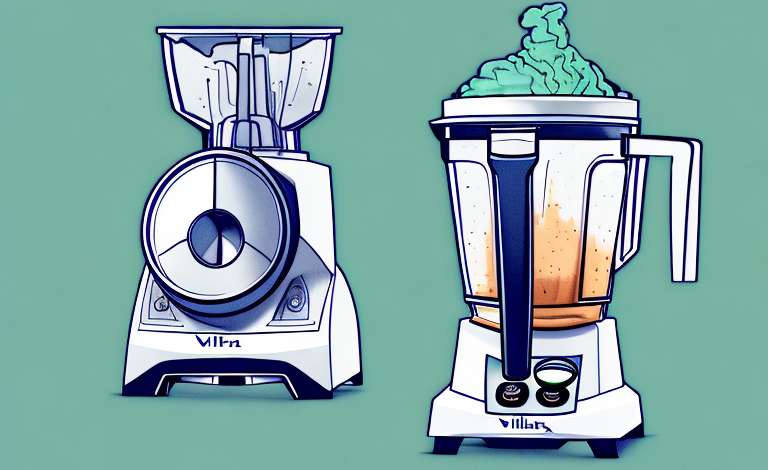As facial recognition technology has become increasingly popular with the development and implementation of Apple’s Face ID, concerns have been raised about its security. One major question that has been asked is whether or not Face ID can be fooled by a photo. In this article, we will take a deep dive into how Face ID works, the security features implemented by Apple to ensure its safety, and the limitations of the technology in hopes of answering this question once and for all.
How does Face ID work?
Face ID uses a complex series of depth maps and machine learning algorithms to map and recognize the unique features of a user’s face. When a user attempts to unlock their iPhone with Face ID, the TrueDepth camera system captures and analyzes more than 30,000 points of infrared light to create a 3D image of the user’s face. This image is then compared to the one that was previously stored during the initial setup process to verify a match before unlocking the phone.
In addition to unlocking the phone, Face ID can also be used to authenticate purchases made through Apple Pay and to access secure apps. The technology behind Face ID is constantly learning and adapting to changes in a user’s appearance, such as growing a beard or wearing glasses, to ensure accurate recognition.
While Face ID is a secure and convenient way to unlock your iPhone, it is not foolproof. Some users have reported issues with Face ID failing to recognize their face, particularly in low light or when wearing a mask. In these cases, users can still enter their passcode to unlock their phone.
How secure is Apple’s Face ID technology?
As with any technology, there is always a possibility for something to go wrong. However, Apple has implemented many security measures to ensure the safety of Face ID. Firstly, the technology has been built to require attention from the user, meaning that their eyes must be open and focused on the screen for Face ID to work. This deters any potential hackers from using a photo or mask to unlock the phone.
Additionally, Face ID incorporates dynamic security features that constantly adapt to a user’s changing appearance. This means that if a user alters their appearance through facial hair, glasses, or even aging, Face ID will still recognize and verify their identity.
Furthermore, Face ID technology is designed to store facial recognition data locally on the device, rather than on Apple’s servers. This means that the data is not accessible to anyone else, including Apple. Additionally, the data is encrypted and protected by the device’s secure enclave, which is a separate processor that is isolated from the rest of the device’s system. This provides an extra layer of security and ensures that the facial recognition data cannot be accessed by any unauthorized parties.
Understanding the limitations of Face ID
While Face ID is a cutting-edge technology that has proven itself to be quite secure, there are still some limitations to consider. For instance, the technology relies on a clear view of the user’s face and may not work effectively in low light conditions or if the camera is obstructed. Moreover, those with facial abnormalities or injuries, such as burns or cuts, may experience difficulties with the technology.
Another limitation of Face ID is that it may not work as effectively for identical twins or siblings who look very similar. This is because the technology relies on unique facial features to distinguish between individuals, and identical twins or siblings may have very similar facial features.
Additionally, Face ID may not be suitable for individuals who prefer to wear certain types of face coverings, such as full-face helmets or masks. This is because the technology requires a clear view of the user’s face to function properly, and any obstruction to the face may prevent the technology from working effectively.
Can someone unlock your iPhone using a photo of you?
Many have raised concerns that someone could use a photo to unlock an iPhone with Face ID. However, this is highly unlikely given the multi-dimensional nature of the technology that captures depth information to create a 3D image of a user’s face. In simpler terms, a 2D photo will lack the required depth information to fool Face ID.
Additionally, Face ID is designed to detect and adapt to changes in a user’s appearance, such as wearing glasses or growing a beard. This means that even if someone were to use a high-quality 3D mask of your face, it is unlikely to fool Face ID as it can recognize changes in your appearance.
It is also worth noting that Face ID requires the user’s attention and cannot be unlocked if the user’s eyes are closed or looking away. This adds an extra layer of security and ensures that someone cannot unlock your iPhone without your knowledge or consent.
How to prevent unauthorized access to your iPhone
To prevent unauthorized access to your iPhone, it’s important to enable the passcode as a backup to Face ID. In case of any issues or concerns, the passcode can act as an additional layer of security that ensures access only to the authorized user.
Another way to prevent unauthorized access to your iPhone is to enable two-factor authentication. This feature requires a code sent to a trusted device or phone number in addition to your password, making it much harder for someone to gain access to your device without your permission.
It’s also important to be cautious when downloading apps or clicking on links from unknown sources. Malicious software can be disguised as legitimate apps or links, and can potentially give unauthorized access to your device. Stick to downloading apps from trusted sources, and avoid clicking on links from unknown or suspicious sources.
Biometric authentication vs. traditional passcodes: which is safer?
While biometric authentication such as Face ID has been developed to enhance security measures, traditional passcodes still remain an effective way to ensure device security. Both forms of authentication have their pros and cons, and users must evaluate the security needs of their devices on an individual basis to determine which option best suits their needs.
One advantage of biometric authentication is that it eliminates the need for users to remember complex passwords, which can be difficult to recall and may be vulnerable to hacking. However, biometric authentication may not be foolproof, as it can be tricked by using a high-quality photograph or a 3D-printed replica of the user’s face or fingerprint. On the other hand, traditional passcodes may be more secure as they are not subject to physical replication, but they can be easily forgotten or stolen if not properly secured. Ultimately, the choice between biometric authentication and traditional passcodes depends on the level of security required and the user’s personal preferences.
Tips for enhancing the security of your Face ID
To enhance the security of Face ID, users can follow a few simple steps. It’s important to ensure that the device has the latest software updates installed, as these often contain crucial security patches. Additionally, users should never share their passcodes or enable Face ID for use by multiple people.
Another important tip for enhancing the security of your Face ID is to regularly review the list of apps that have access to it. Some apps may request access to Face ID for convenience, but it’s important to only grant access to trusted apps that have a legitimate need for it. Users can review and manage app permissions in the device’s settings.
The future of facial recognition technology
Facial recognition technology is advancing at an unprecedented rate and has grown significantly over the past few years, with many companies investing heavily in it. Looking to the future, it’s expected that the technology will become even more sophisticated, making it even more difficult to breach.
One of the potential applications of facial recognition technology is in the field of law enforcement. Police departments around the world are already using the technology to identify suspects and solve crimes. In the future, it’s possible that facial recognition technology could be used to prevent crimes before they happen, by identifying individuals who are likely to commit crimes based on their facial features and behavior patterns.
However, there are also concerns about the potential misuse of facial recognition technology. Some experts worry that the technology could be used to violate people’s privacy and civil liberties, particularly if it’s used without their consent or knowledge. As the technology continues to evolve, it will be important to establish clear guidelines and regulations to ensure that it’s used ethically and responsibly.
Face ID vs Touch ID: Which one is more secure?
Both Touch ID and Face ID offer a high level of security, and it would be difficult to determine which one is more secure. While Face ID may have some advantages in certain situations, both are great options for securing personal devices.
One advantage of Face ID is that it is more convenient to use, as it does not require physical contact with the device. This can be especially useful in situations where the user’s hands may be dirty or wet, or when wearing gloves. However, Touch ID may be more secure in situations where the user’s face may be obscured, such as when wearing a mask or in low light conditions.
It is important to note that both Touch ID and Face ID are only as secure as the user’s password or passcode. It is recommended to use a strong, unique password or passcode to further enhance the security of personal devices. Additionally, enabling two-factor authentication can provide an extra layer of security to prevent unauthorized access to personal accounts and data.
Can Face ID be hacked?
In theory, any security measure can be hacked. However, hacking Face ID is extremely complex and would require a high level of technical expertise. Given the numerous security features implemented by Apple, hacking Face ID is highly unlikely.
What are the privacy concerns with using face recognition technology?
One of the primary concerns with facial recognition technology is the possibility of it being used to conduct surveillance without the consent or knowledge of the individuals being recorded. However, companies such as Apple have pledged to protect user privacy by keeping all facial recognition data encrypted and stored on users’ devices rather than on central servers.
How to set up and use Face ID on your iPhone
To set up and use Face ID on an iPhone, simply navigate to the Settings app and select Face ID & Passcode. From here, follow the instructions to register your face. Once this process is complete, you’ll be able to use your face to unlock your device and authenticate purchases using Apple Pay.
What are the alternatives to Face ID on iPhones?
The primary alternative to Face ID on iPhones is Touch ID, which uses a user’s fingerprint to authenticate device access and purchases. However, facial recognition technology is becoming increasingly popular, and it’s likely that more alternatives will be introduced in the future.
The role of AI in facial recognition technology and security
Artificial intelligence plays a critical role in improving facial recognition technology and offers a new level of security, thanks to its ability to learn and adapt over time. As facial recognition technology evolves, AI will continue to play a central role in its progress.
Overall, while no technology is foolproof, Apple’s Face ID offers a high level of security that makes it difficult, if not impossible, to breach. By following best practices for device security and keeping abreast of software updates, users can enjoy the peace of mind that comes with secure technology.



